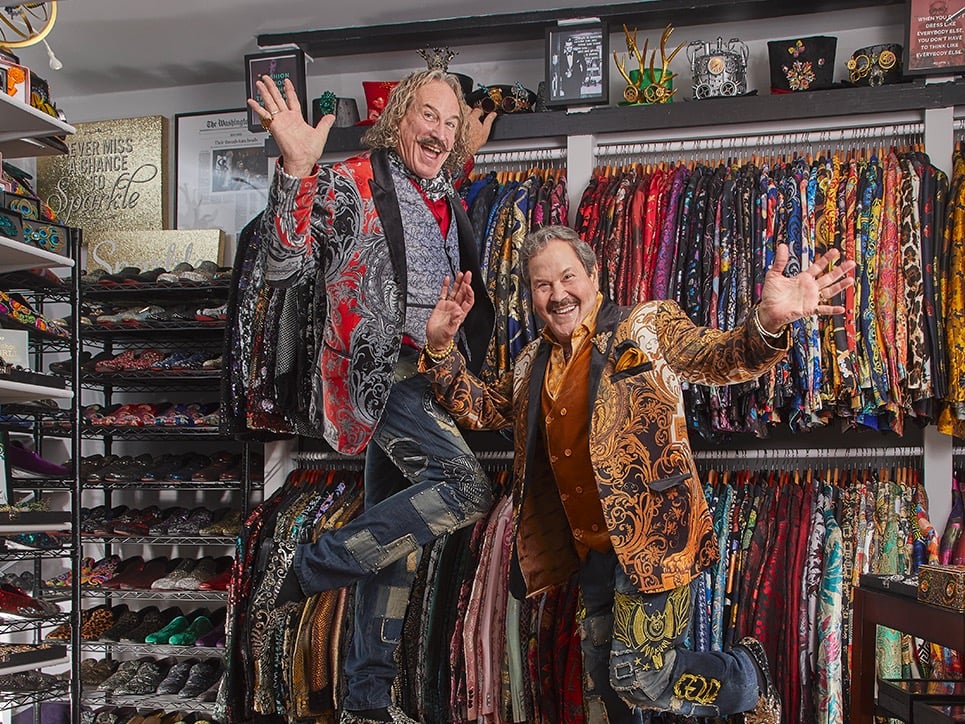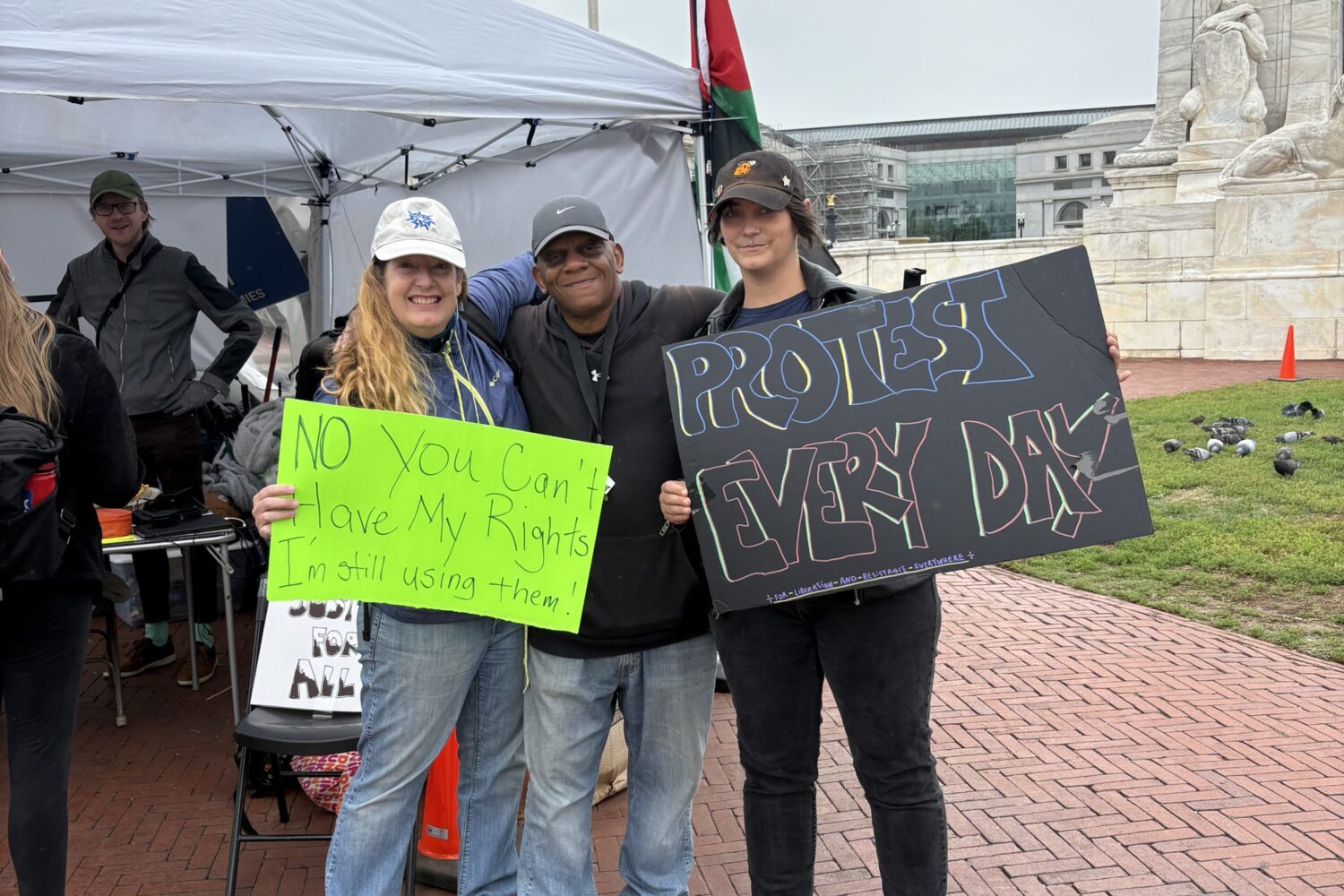I’d just finished a book manuscript and wanted to reward myself. I envisioned something luxurious—something to soothe mind and body.
I came upon a brochure featuring a $155 spa sampler at a Georgetown salon and made an appointment. My visit was to include a 30-minute facial, a 30-minute massage, and a manicure and pedicure. I was especially looking forward to the massage and imagined leaving with a loosey-goosey glow that would linger for days.
I did, in fact, experience a lingering feeling for days. The feeling was pain.
The symptoms came on gradually—slight stiffness and discomfort after the first 24 hours, not unlike the sensation that follows a hard workout. At 72 hours, I felt like the Tin Man from The Wizard of Oz. My neck was stuck. I couldn’t look up or down, and viewing objects to my left or my right required rotating my entire body.
I had never suffered from back or neck problems. I was convinced my symptoms were the result of my massage.
I was not alone in my experience, says David Sniezek, the medical doctor and chiropractor who treated me in his downtown DC office. He says he sees two or three massage-related injuries a year.
An informal survey of several dozen chiropractors nationwide found that most see one or two patients a year with a massage-related problem, says Angela Kargus of the American Chiropractic Association. Often, problems result because the massage aggravated a preexisting injury.
“Most of the ones I’ve seen have been in the neck or lower-back area,” Sniezek says. “Nerves can be irritated around the spine because they’re more exposed. Then the muscles can go into spasm. This typically takes several days to run its course.”
Sometimes pain from a massage is evident immediately, he says. Other times it takes days. My massage took place on a Tuesday, and by Saturday I was spending most of my time on my back because other positions were excruciating.
That’s not to say lying on my back was pain-free. Every 20 minutes or so, my neck and shoulder muscles knotted into a ball, despite doses of Extra Strength Tylenol. At night, I lay with a rolled towel beneath my neck—no pillow—staring at my ceiling fan. This was the only position that afforded rest.
Massage is generally a safe and effective therapy when performed by a trained practitioner. Even in cases where something goes wrong, massage rarely results in lasting damage, says Sniezek. Most people recover on their own, although at times ultrasound, prescribed exercise, and other therapies are needed.
I waited two weeks to see a doctor. My pain had diminished, but I was still stiff. Sniezek recommended heat and rest. Both resolved my problem within days.
Demara Stamler, a massage therapist and director of the Potomac Massage Training Institute in Chevy Chase DC, says the cause of most massage-related problems is a poorly trained therapist.
PMTI has been training therapists for more than 30 years. With the boom in spa services at salons, more training programs have opened to keep up with demand. Stamler says there are at least 26 massage-therapy schools and programs in the Washington area, with varying standards. Only two—PMTI and the National Massage Therapy Institute in Falls Church—are accredited by the Commission on Massage Therapy Accreditation (COMTA), an organization recognized by the US Department of Education. While other legitimate accrediting organizations exist—including others approved by the Department of Education—COMTA, a nonprofit based in Illinois, is the only one devoted exclusively to massage and bodywork. (See comta.org for a list of accredited schools.)
“Schools that choose that accreditation go through a very rigorous process,” says Ron Precht, communications manager for AMTA. “Their instructors are examined; their schools are examined.”
Even among accreditation agencies, there’s no universal standard for massage programs. “One of the things we’re working on,” Precht says, “is to make the profession more standardized.”
For a massage to be effective, Stamler says, a therapist should establish a safe environment and engender trust. This includes asking about any health conditions and using a sheet or towel to cover body parts that are not being massaged. During my massage, the practitioner did not ask about my health history (not that I had anything serious to report) and, although I wore shorts, other exposed areas were never draped.
This was a red flag, Stamler says. “It’s common for some clients to lie there and think, ‘This doesn’t feel right, or this really hurts, but the therapist is the expert.’ Hopefully they are the expert, but you know your body better than anyone else. The overarching point is that the client is in charge. If there’s a prima donna in the room, walk away as fast as you can.”
I was never in pain during my treatment. I just couldn’t detect any rhythm or pattern to the practitioner’s strokes. This lack of flow made it hard to relax. When I asked the therapist how she would characterize this massage, she shrugged and said it was a “basic massage.” At that point, I wanted it to be over. This was a first. I’d had other massages that I wanted never to end.
The lack of technique likely had to do with Stamler’s second point: Qualified therapists know how to touch. They have what’s known as “maturity of hands.” This means that the therapist has developed a touch that conveys an understanding of muscles and how each is responding.
How can you increase the odds of finding a good massage therapist? Here are some guidelines:
Get a referral from a friend or healthcare professional.
If you can’t get a personal referral, try the “find a massage therapist” link on the American Massage Therapy Association Web site, amtamassage.org. AMTA, with 57,000 members, is the oldest and largest nonprofit association devoted to massage. All practitioners listed on its site have passed an exam by the National Certification Board for Therapeutic Massage and Bodywork, have logged 500 hours of classroom training, or hold a current AMTA license and are earning education credit.
To practice massage in Maryland, Virginia, and the District, therapists are supposed to have passed an exam or done 500 hours of classroom training—but don’t assume all have.
Another resource for finding a trained therapist is the PMTI Web site, pmti.org/alumni/directory.cfm.
When you call a spa or private practice, ask where the therapist studied and what agency provided his or her license. Go online and check out the school. (If you can’t find a Web site for it, that’s not a good sign, Stamler says.) If the receptionist can’t help, ask to have the massage therapist call you, says Brenda L. Griffith, a member of AMTA’s board of directors. Some spas and massage clinics include bios of therapists on their Web sites.
Ask whether the therapist has advanced training in any specific technique, such as sports massage, and specify the type of treatment you are seeking. “Tell the therapist if you have a specific complaint area that needs to be addressed,” Griffith says. “If you have a limitation, you may need to talk to a healthcare professional first.”
Consider a therapist in private practice. “At a spa, you have people trying to do many different things,” says Griffith, who, although in private practice, also worked for a spa early in her career. A massage therapist may also give facials, for example. “My first question is, ‘Are you trained to do all of those things well?’ ”
If you experience a bad massage, report it to the appropriate supervisory agency. In Virginia, contact the Board of Nursing Enforcement Division, 804-367-4612; in Maryland, the Board of Chiropractic Examiners, 410-764-4726; and in DC, the Department of Health’s Board of Massage, 877-672-2174.
After repeated calls, I managed to have my treatment fee refunded. During these calls, I asked where the massage therapist had trained and was repeatedly told, “All of our therapists are licensed.” Pressing for details proved fruitless. Had I made such inquires before my treatment, I likely would have made a different choice—and saved myself lots of pain.
This article is part of the 2008 Great Day Spas Package. To read more articles like it, click here.

















